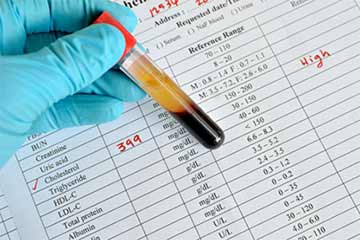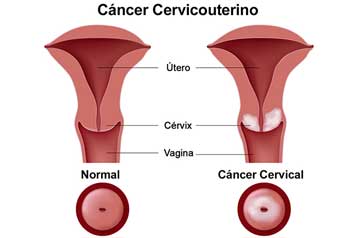Treatments for diseases that cause infertility
Specific treatments for diseases that sometimes cause infertility are included in the discussions below.
Treatments for polycystic ovary syndrome
Treatments for infertility in women with polycystic ovary syndrome include1:
- Weight loss. Women with polycystic ovary syndrome who lose weight are more likely to have restored ovulation and improved pregnancy rates.
- Medication to promote ovulation. Clomiphene is the most common treatment for infertility in women with polycystic ovary syndrome . Studies have shown that in women with polycystic ovary syndrome , those who took clomiphene were six times more likely to get pregnant than those who did not.
- Insulin-sensitizing medication. A medication called metformin treats diabetes and can also help improve menstrual cycles and ovulation in women with polycystic ovary syndrome . Use of metformin may help regulate the hormones that affect the menstrual cycle, but so far there is no evidence that metformin treatment increases the rate of pregnancy in women with polycystic ovary syndrome .
- A combination of clomiphene and metformin. In women with polycystic ovary syndrome who do not respond to clomiphene by itself, adding metformin may slightly increase the rate of pregnancy.
- Hormone therapy. Gonadotropins and hCG are types of hormones used to treat women who do not respond to clomiphene and/or metformin.
- Fertility treatments. Assisted Reproductive Technology, such as IVF, also may help women with polycystic ovary syndrome get pregnant.
- Surgery. Ovarian drilling is a surgical treatment that can stimulate ovulation in women with polycystic ovary syndrome . The procedure is usually done through a small incision near the belly button, with the woman under general anesthesia. A laser or electrocautery (a process that destroys tissue using heat current) is used to destroy parts of the ovaries. This surgery is not commonly used. But it can be an option for women who are still not ovulating after losing weight and trying fertility medicines. Studies of women with polycystic ovary syndrome have shown that ovarian drilling results in an 80% ovulation rate and a 50% pregnancy rate.2
Treatments for Endometriosis
There are specific treatments for endometriosis. A more detailed description of this topic can be found on the NICHD topic page on endometriosis.
Treatments for the infertility that can occur with endometriosis include3,4:
- Surgery to remove the patches of tissue caused by endometriosis can improve a woman's chances of getting pregnant. Some studies suggest that surgical treatment of endometriosis can double the pregnancy rate.
- Assisted Reproductive Technology, which can improve the chances for getting pregnant among women with endometriosis.
Treatments for Primary ovary insufficiency
There are currently no treatments that increase fertility among women with primary ovary insufficiency.5 However, women with primary ovary insufficiency can use Assisted Reproductive Technology and become pregnant with the help of an egg donor.
- NICHD. (2008). Beyond infertility, polycystic ovary syndrome (PCOS). Retrieved June 11, 2012. [top]
- American College of Obstetricians and Gynecologists (2002, reaffirmed 2008). Management of infertility caused by ovulatory dysfunction. ACOG Practice Bulletin No. 34. Obstetrics and Gynecology, 99(2): 347–358. [top]
- Practice Committee of the American Society for Reproductive Medicine. (2006). Endometriosis and infertility. Fertility and Sterility, 86(5 Suppl 1), S156–S160. [top]
- NICHD. (2002). Endometriosis. Retrieved June 11, 2012. [top]
- NICHD. (2003). Do I have premature ovarian failure? Retrieved June 11, 2012. [top]
Source
Treatments for Diseases That Cause Infertility
Eunice Kennedy Shriver National Institute of
Child Health and Human Development (NICHD) Geosalud, August 11, 2013






